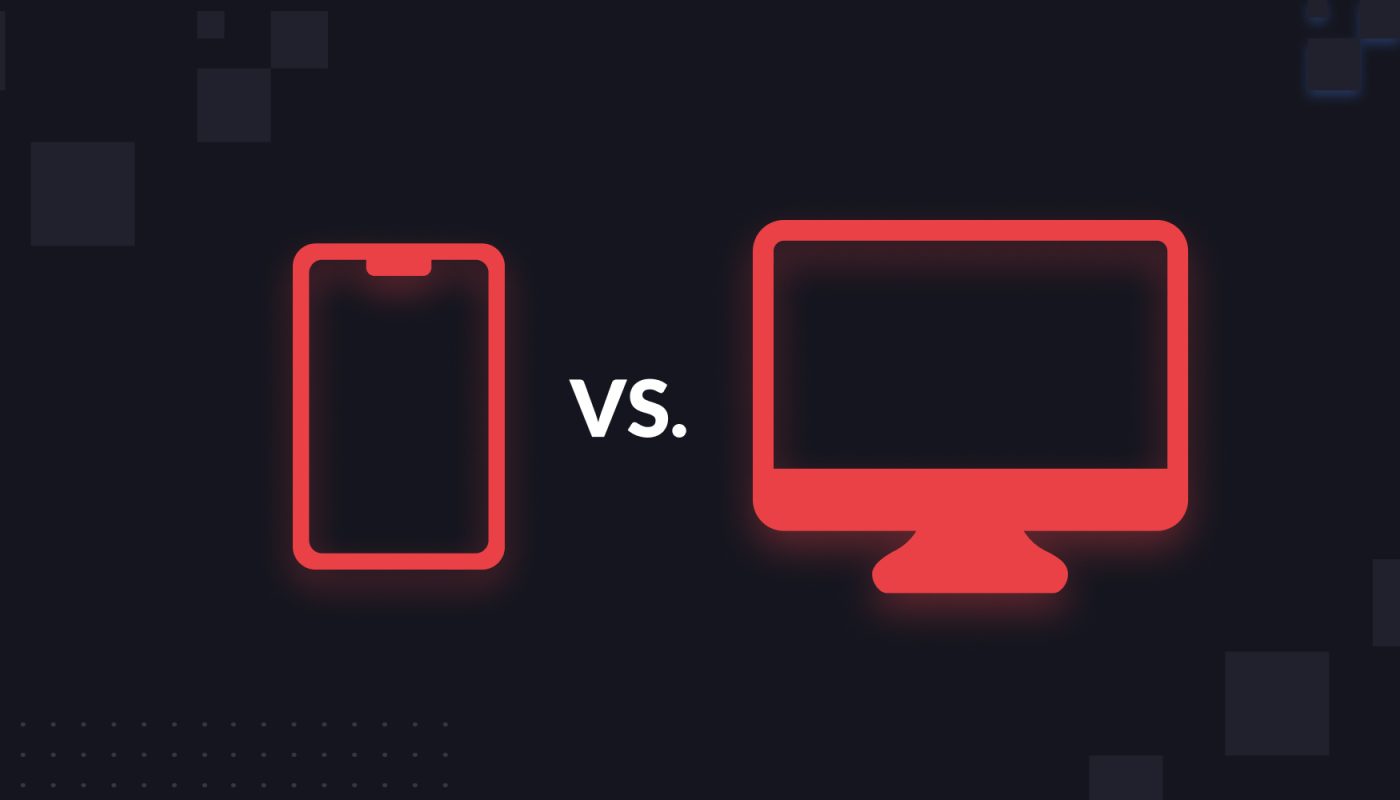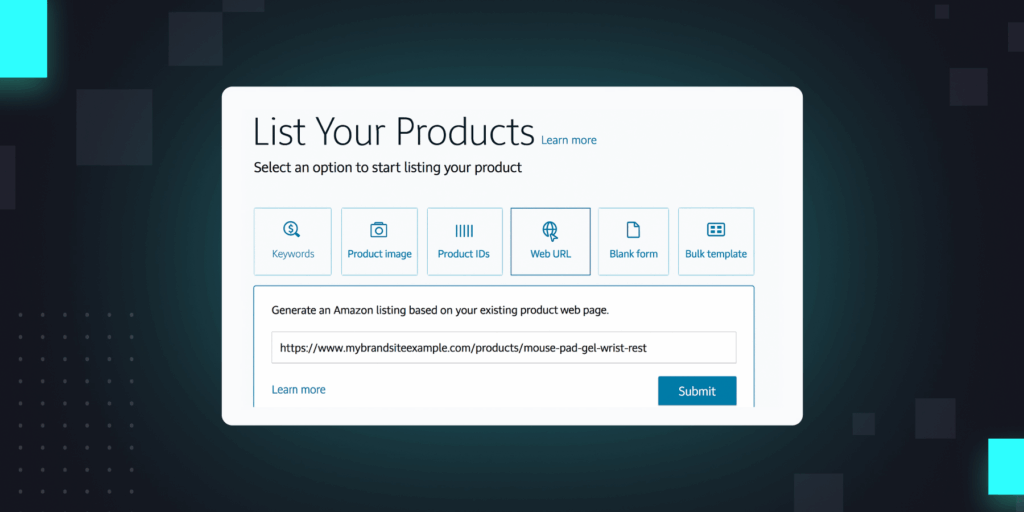Mobile vs. desktop vs. app—have you ever wondered how device type influences the performance of your ads?
The answer is surprisingly difficult to uncover. On Amazon, for example, your ads are automatically shown to customers across devices, including on both desktop and mobile. You have no ability to tip the scale in favor of one platform or another.
Are more of your clicks and conversions coming from mobile instead of desktop? Or vice versa?
Amazon doesn’t break down that data. But luckily, Walmart Connect does. If you’ve ever wondered how device type impacts your ad metrics, you can conduct an analysis in Walmart Connect.
Depending on the results, you can seamlessly adjust your bids on the device level.
What are Walmart Connect platform multipliers?
One difference between Walmart Connect and Amazon Advertising is that Walmart lets you view your ads on the device level.
Walmart has what it calls “platform multipliers.” These are bid multipliers that impact how much you’re willing to bid on ads, based on device. You can set bid multipliers for three device types:
- Desktop
- Mobile web
- App
Let’s say you discover desktop ads really work for you, but mobile web doesn’t. You can play with your bid modifiers accordingly to impact how frequently your ads show up on each device.
Notably, unlike on Amazon, Walmart also lets you turn off certain ad placements entirely. If you want to stop a certain ad on Amazon, the best you can do is place a bunch of negative bid modifiers on it to limit placements as much as possible.
Meanwhile, Walmart lets you entirely turn off ads on the platform- and placement-level.
Does device type actually make a difference?
There are a lot of ways that device type might influence the performance of your ads. Let’s take it one by one.
Audience. Who is shopping on each kind of device? While the gap between desktop and mobile has closed, mobile shoppers are still younger than desktop shoppers on average. Only 48% of adults 65+ said they shop on their smartphone, compared to 91% of people 18-49.
App users offer a further differentiator. A shopper browsing directly on the Walmart app is likely to be a regular shopper on the service.
They probably have their payment info loaded already. They are more likely to get discounted shipping through Walmart+. And they’re probably most likely to make an impulsive purchase because of that.
Layout. Next, the layout of these platform pages is important. When you search on the Walmart mobile site, for instance, the results load one product at a time. Mobile shoppers have to scroll all the way through a series of sponsored ads.
On desktop, by contrast, products show up in rows of four. In that context, it’s easier to skip through a sponsored product embedded in that row of four.
Shopper mindset. Lastly, the headspace that a shopper is in on each device has a significant impact.
On mobile, or on a shopping app, shoppers are more inclined toward immediate action. When they see an ad, they’ll usually be ready to make a purchase quickly.
Meanwhile, desktop users are often doing a lot of comparison research. They’ll generally take their time before converting.
These distinct shopper mindsets can mean significantly different performance numbers depending on the type of product you sell.
Are you hawking expensive jewelry? You might not expect quite as many sales to come from mobile users. But cheap apparel? Mobile ads might be your best bet.
The MasterCard-owned data visualization tool Dynamic Yield offers one instructive example.
According to MasterCard data, shoppers who buy on desktop tend to have a higher Average Order Value than shoppers who buy on mobile. On the Dynamic Yield site, you can filter AOV across different variables.
To take just one example: in the Home & Furniture category, AOV for desktop shoppers was $125 on average this year, compared to $108 for mobile shoppers. Those distinctions matter.
Conduct your own device-type analysis
The reality is, how device type impacts your ad performance will vary a lot depending on your brand.
Your price point, the age of your target shopper, the complexity of your product, and your industry (do you sell in a category where people do a lot of comparison research?) all are very relevant factors.
And in some cases, sure, there may be no significant difference from device to device. The best way to unpack your device-level performance is to begin the analysis.
Intentwise automatically connects data from Walmart Connect into our Ad Optimizer. In our platform, you can quickly filter and roll up performance on the device level. Want to see whether there are stark contrasts between the performance of your desktop ads, mobile web ads, and Walmart app ads? We can show you at a glance.







